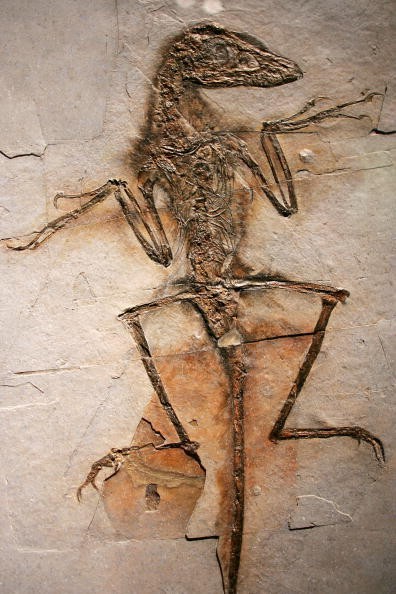China was once home to dinosaurs known as Limusaurus inextricabilis who lost their teeth while growing up, making them the first reptiles to be known with such characteristic, according to scientists.
The analyses of 19 fossils prompted scientist Shuo Wang of Capital Normal University in Beijing, China, to declare that "a very rare, very interesting phenomenon" occurred among these dinosaurs when they gradually lost their teeth as they aged.
The toothed jaws of these dinosaurs from the theropods group, the evolutionary ancestors of birds, transitioned to a toothless beaked jaw as they matured. It meant that these were probably omnivorous meat-eaters as babies before becoming plant-based eaters.
James Clark, a co-author of the paper and professor of biology at the George Washington University, noted that it's very rare to find a growth series from baby to adult dinosaurs and that the dramatic change in anatomy suggests there was a big shift in the Limusaurus' diet from adolescence to adulthood.
Furthermore, the chemical makeup in the fossils' bones supports the theory of a change in diet between babies and adults, the study said. The fossils could also help enlighten why birds have beaks, but no teeth.
According to Wang, his team of researchers initially thought that the fossils collected from the Upper Jurassic Shishugou Formation of northwestern China belonged to two different ceratosaurian dinosaurs from the Wucaiwan Area, one toothed and the other toothless.
When they started to code the dinosaurs' characteristics for phylogenetic analysis, they realized that the two groups they were describing separately were "remarkably similar," except for the teeth.
Wang and his colleagues first reported on Limusaurus in 2001 when they uncovered a juvenile specimen. It wasn't clear then if the other specimens subsequently found in the same area belonged to the same species.
According to Wang, the fish, an amphibian, and the mammal platypus are three animals that lose teeth as they grow. But this is the first time this characteristic has been seen in a reptile, and the first time for any animal in the fossil record.



























